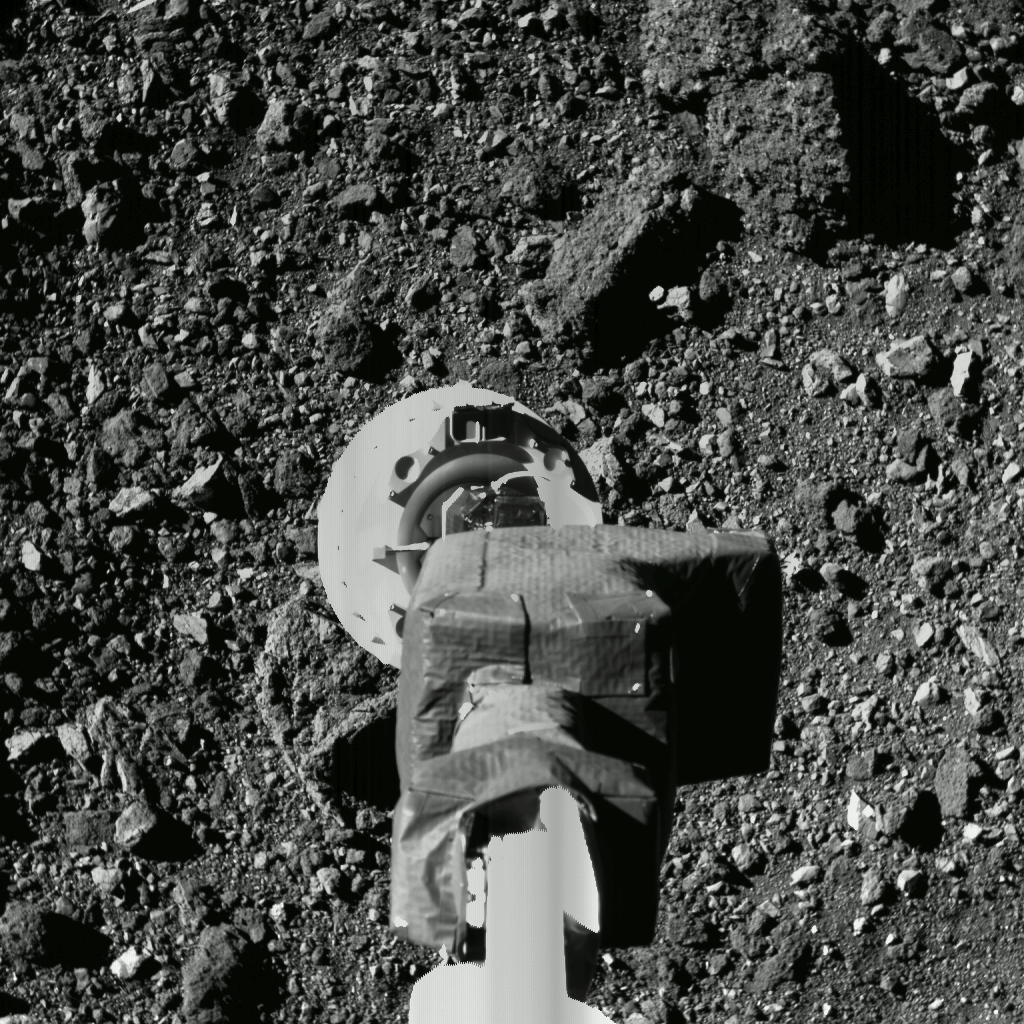
2020 Asteroid Day LIVE – Ingredients of Life: Bringing Asteroid Samples to Earth
2020 Asteroid Day LIVE – Ingredients of Life: Bringing Asteroid Samples to Earth https://asteroidday-uploads.s3.eu-central-1.amazonaws.com/wp-content/uploads/2020/06/21073709/OSIRIS-REx-TAG-medium-blue-after-TAG.jpg 450 300 Asteroid Day https://asteroidday-uploads.s3.eu-central-1.amazonaws.com/wp-content/uploads/2020/06/21073709/OSIRIS-REx-TAG-medium-blue-after-TAG.jpg
The more asteroids that astronomers visit, the more they realise that these space rocks are each as unique as human individuals. And just like human being, each of them have stories to tell.
This is why it’s important to have an ongoing sequence of missions seeing an ever larger number of these celestial objects. That way, when the data is collated, we can see their similarities and differences. And in doing so, we understand the asteroid as a population. In the next few years, however, something even more exciting is going to take place.

Checkpoint Rehearsal
There are currently two asteroid missions flying that are designed to return samples of their target asteroids to Earth: Japan’s Hayabusa 2 and the USA’s OSIRIS-REx.
Once on Earth, the samples can be subjected to many more tests and more precise analysis than is capable with the instruments on even the most sophisticated spacecraft. This is expected to bring about a leap in our understanding of asteroids and the conditions in which they formed.
Hayabusa 2’s samples have been collected from asteroid Ryugu and will be dropped into Earth’s atmosphere in the sample-return canister later this year. OSIRIS-REx is still in orbit around it’s target, asteroid Bennu. The spacecraft will descend to the target site in August and scoop up some of the surface material. The spacecraft will then depart Bennu next year and arrive back at Earth in September 2023.
Exciting new knowledge about the origins of these asteroids will be learned from these samples.
Both Ryugu and Bennu are fascinating objects. Ryugu’s history seems to be a story of wandering the Solar System, from an original orbit in the main belt of asteroids through a migration into a relatively short-lived orbit near the Sun, to its present orbit, which brings it near our planet and makes it a near-Earth asteroid.
Bennu’s surface appears to be primitive, contains abundant water and carbon-bearing molecules that formed soon after the origin of the Solar System. Such material may have led to Earth becoming a habitable planet by providing the raw material needed for the origin of life to take place.

Bennu Mosaic

Makoto Yoshikawa
Hayabusa2 mission manager (JAXA)

Dr. Patrick Michel
Director of Research, CNRS, Côte d’Azur

Professor Dante Lauretta
University of Arizona, PI OSIRIS-REx(NASA)


